MARINE TECHNOLOGY (MARINE ENGINEERING)/(MARINE NAVIGATION)
MARINE TECHNOLOGY
UMPTN-TEKNIK SISTEM PERKAPALAN ITS (TRIPLE DEGREE) (ST)& MASTER DOCTOR (NTNU-NORWAY) (Msc-PhD)

MARINE ENGINEERING
PNEUMATIC/HYDROLIC SYSTEM
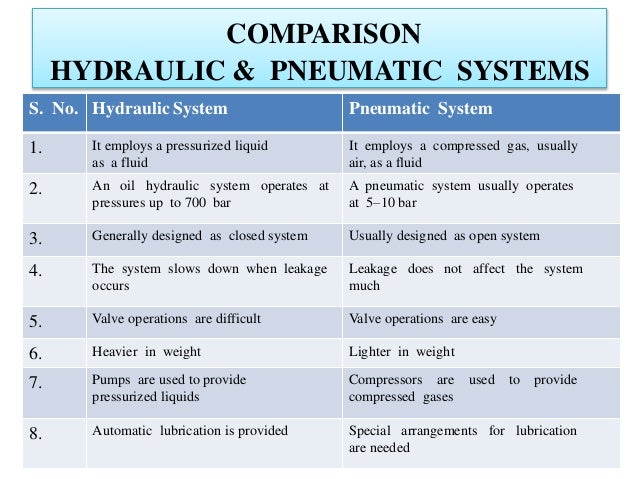
HYDROLIC SYSTEM

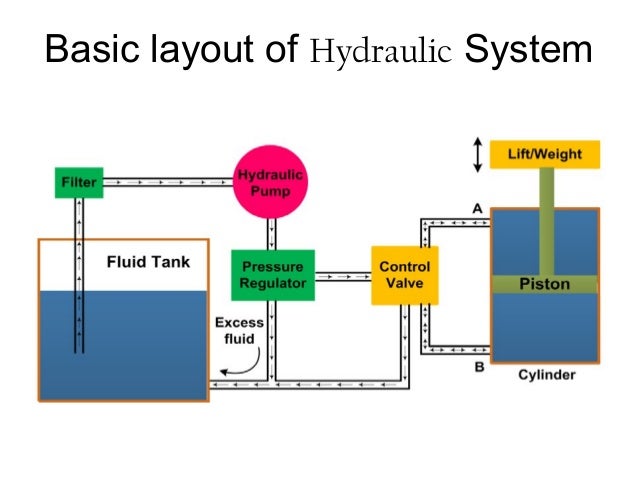
PNEUMATICS SYSTEM


Power Transmitting Fluids
•Fluids: Oil and Air
•Pressure, Head, and Force
•The Perfect Gas Law
•The Continuity Equation
•Bernoulli’s Equation
•Pascal’s Law and Application
•Bulk Modulus
•Pressure Losses in Valve and Fitting
•Flow and Pressure Measurement
•Energy, Power, and Flow Rates
E-R DESIGN (SYSTEM) (PFD-PID)


CONTROL SYSTEM (LOOP)

PIPING SYSTEM


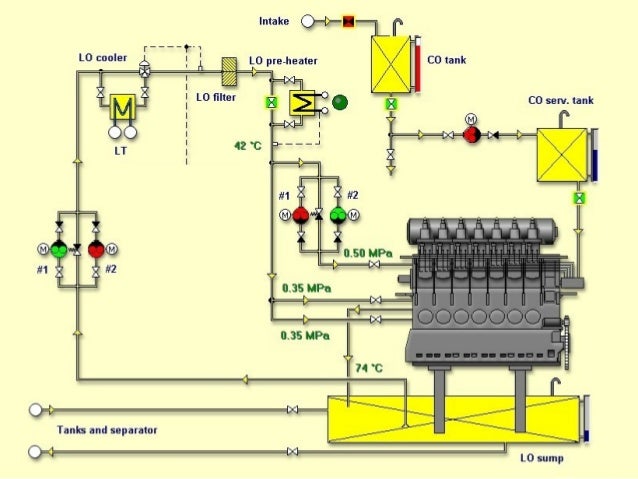
MARITIME MANAGEMENT


The twenty-foot equivalent unit (often TEU or teu) is an inexact unit of cargo capacity often used to describe the capacity of container ships and container terminals.[1] It is based on the volume of a 20-foot-long (6.1 m) intermodal container,
a standard-sized metal box which can be easily transferred between
different modes of transportation, such as ships, trains and trucks.[1]
The container is defined by its length though there is a lack of standardisation in regard to height, ranging between 4 feet 3 inches (1.30 m) and 9 feet 6 inches (2.90 m), with the most common height being 8 feet 6 inches (2.59 m)

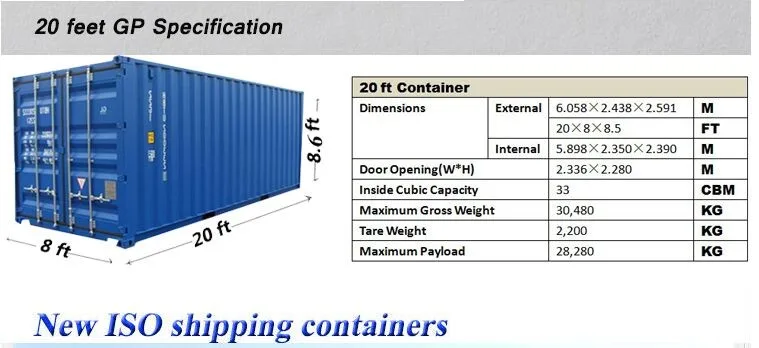
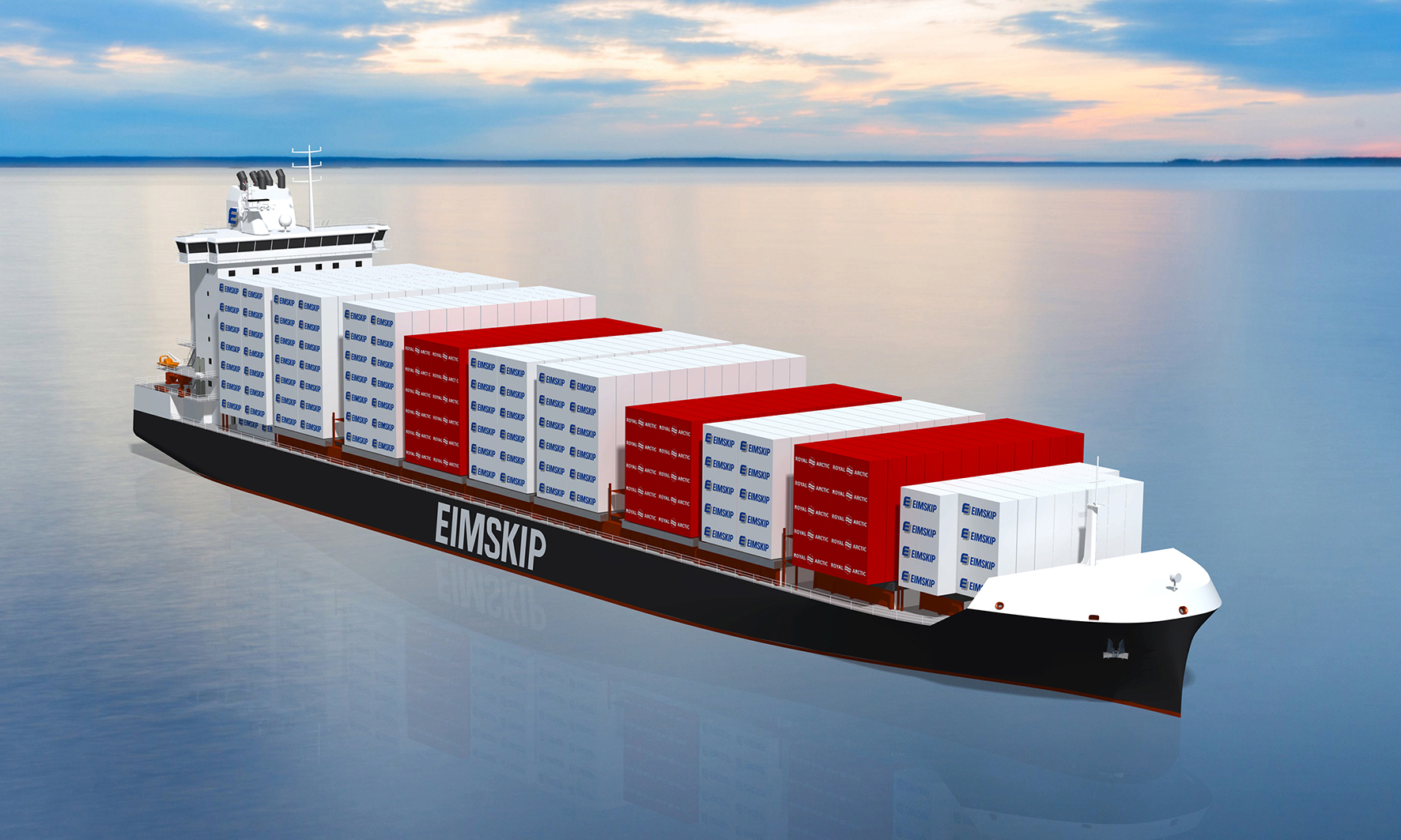


CASHFLOW COST AND REVENUE (MARITIME ECONOMICS&BUSINESS)

JOURNAL REFERENCE
PORT MODEL WATERWAYS

PORT POLICY&INFRASTRUCTURE (VTIS)
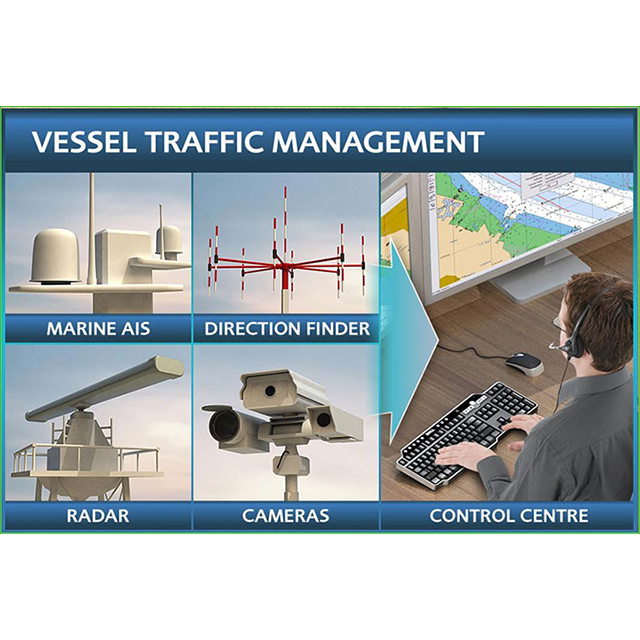
JOURNAL REFERENCE MARINE NAVIGATION&SAFETY OF SEA TRANSPORTATION
Formal Safety Assessment (FSA) for Analysis of Ship Collision Using AIS Data
Muhammad Badrus Zaman, Agoes Santoso, Eiichi Kobayashi, Nobukazu Wakabayashi, Adi Maimun
Real-time Risk Assessment for Aids to Navigation Using Fuzzy-FSA on Three-Dimensional Simulation System
Jinbiao Chen, Chaojian Shi, Dongxing Jia
Probability of Ship on Collision Courses Based on the New PAW Using MMG Model and AIS Data
I Putu Sindhu Asmara, Eiichi Kobayashi, Nobukazu Wakabayashi, Ketut Buda Artana
Sources of Error in Satellite Navigation Positioning
Jacek Januszewski
Basin-Wide Maritime Awareness From Multi-Source Ship Reporting Data
Harm Greidanus, Marlene Alvarez, Torkild Eriksen, P. Argentieri, Tulay Çokacar, A. Pesaresi, Silvia Falchetti, Domenico Nappo, Fabio Mazzarella, Alfredo Alessandrini
Parameter Identification of Ship Maneuvering Models Using Recursive Least Square Method Based on Support Vector Machines
Man Zhu, Axel Hahn, Yuanqiao Wen, A. Bolles
Prioritized Main Potential Solutions for the e-Navigation Concept
Adam Weintrit
Qualitative and Quantitative Analysis of Congested Marine Traffic Environment – An Application Using Marine Traffic Simulation System
Kazuhiko Hasegawa, Masahiro Yamazaki
UMPTN-TEKNIK SISTEM PERKAPALAN ITS (TRIPLE DEGREE) (ST)& MASTER DOCTOR (NTNU-NORWAY) (Msc-PhD)
MARINE ENGINEERING
PNEUMATIC/HYDROLIC SYSTEM

HYDROLIC SYSTEM


PNEUMATICS SYSTEM


Power Transmitting Fluids
•Fluids: Oil and Air
•Pressure, Head, and Force
•The Perfect Gas Law
•The Continuity Equation
•Bernoulli’s Equation
•Pascal’s Law and Application
•Bulk Modulus
•Pressure Losses in Valve and Fitting
•Flow and Pressure Measurement
•Energy, Power, and Flow Rates
E-R DESIGN (SYSTEM) (PFD-PID)


PIPING SYSTEM



MARITIME MANAGEMENT
TWENTY FOOT EQUIVALENT UNIT (TEU)
The container is defined by its length though there is a lack of standardisation in regard to height, ranging between 4 feet 3 inches (1.30 m) and 9 feet 6 inches (2.90 m), with the most common height being 8 feet 6 inches (2.59 m)
| Length | Width | Height | Volume | TEU |
|---|---|---|---|---|
| 20 ft (6.1 m) | 8 ft (2.44 m) | 8 ft 6 in (2.59 m) | 1,172 cu ft (33.2 m3) | 1 {[6]} |
| 40 ft (12.2 m) | 8 ft (2.44 m) | 8 ft 6 in (2.59 m) | 2,377 cu ft (67 m3) | 2 {[7]} |
| 45 ft (13.7 m) | 8 ft (2.44 m) | 8 ft 6 in (2.59 m) | 3,060 cu ft (86.6 m3) | 2 or 2.25 |
| 48 ft (14.6 m) | 8 ft (2.44 m) | 8 ft 6 in (2.59 m) | 3,264 cu ft (92.4 m3) | 2.4 |
| 53 ft (16.2 m) | 8 ft (2.44 m) | 8 ft 6 in (2.59 m) | 3,604 cu ft (102.1 m3) | 2.65 |
| High cube | ||||
| 20 ft (6.1 m) | 8 ft (2.44 m) | 9 ft 6 in (2.90 m) | 1,520 cu ft (43 m3) | 1[2] |
| Half height | ||||
| 20 ft (6.1 m) | 8 ft (2.44 m) | 4 ft 3 in (1.30 m) | 680 cu ft (19.3 m3) | 1[2] |
DIMENSIONAL CONTAINER




CASHFLOW COST AND REVENUE (MARITIME ECONOMICS&BUSINESS)
Business Cash Flow. Cash flow is different from sales revenue in two ways. First, while sales revenue only shows the gross amount of money coming into a company through sales, cash flow shows the total amount of money both coming into a company and moving out of it.
The way shipping company manage these cost revenue and cashflow variables significantly influence of the performance business.
The choices of ship influences running cost day to day cost are higher for old ship with ageing machinery requiring contant machinery.
Running succesfull shipping operation is not just a matter shipping of cost
it also involves squeezzing as much revenue as posibble out of the ship.revenue may be steady on a long time charter on iregular on the spot market.
it may be increased by careful management,clever chartering,and flexible ship design to minimize time ballast and ensure that the vessel is earning for high proportion is time of the sea.
FINANCIAL PERFORMANCE&INVESTMENT
Three key variables with shipowner can survive in the shipping market.
Revenue received from chartering operating of the ship
The cost of running the ship
The methods of financing business

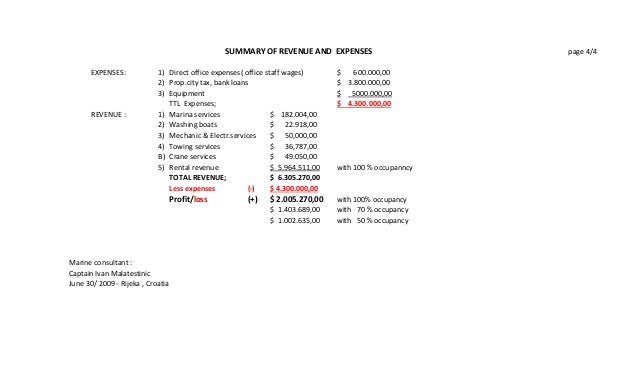
The choices of ship influences running cost day to day cost are higher for old ship with ageing machinery requiring contant machinery.
Running succesfull shipping operation is not just a matter shipping of cost
it also involves squeezzing as much revenue as posibble out of the ship.revenue may be steady on a long time charter on iregular on the spot market.
it may be increased by careful management,clever chartering,and flexible ship design to minimize time ballast and ensure that the vessel is earning for high proportion is time of the sea.
FINANCIAL PERFORMANCE&INVESTMENT
Three key variables with shipowner can survive in the shipping market.
Revenue received from chartering operating of the ship
The cost of running the ship
The methods of financing business


JOURNAL REFERENCE
Methods of risk management in maritime activities in a function of sustainable development
Doc. Mila
Nadrljanski, PhD. Faculty of Maritime Studies – Split, Croatia milamika60@yahoo.com,Ratko
Božić, MA chairman of Split Ship
Management, Split
ssm-training@ssm.htnet.hr,Vicko Batinica,MA
chairman of Brodospas , Split
vicko.batinica@brodospas.hr
New Approaches to Through-life Asset Management in the Maritime Industry☆
MARINE NAVIGATIONNew Approaches to Through-life Asset Management in the Maritime Industry☆
PORT MODEL WATERWAYS

PORT POLICY&INFRASTRUCTURE (VTIS)

JOURNAL REFERENCE MARINE NAVIGATION&SAFETY OF SEA TRANSPORTATION
Formal Safety Assessment (FSA) for Analysis of Ship Collision Using AIS Data
Muhammad Badrus Zaman, Agoes Santoso, Eiichi Kobayashi, Nobukazu Wakabayashi, Adi Maimun
Real-time Risk Assessment for Aids to Navigation Using Fuzzy-FSA on Three-Dimensional Simulation System
Jinbiao Chen, Chaojian Shi, Dongxing Jia
Probability of Ship on Collision Courses Based on the New PAW Using MMG Model and AIS Data
I Putu Sindhu Asmara, Eiichi Kobayashi, Nobukazu Wakabayashi, Ketut Buda Artana
Sources of Error in Satellite Navigation Positioning
Jacek Januszewski
Basin-Wide Maritime Awareness From Multi-Source Ship Reporting Data
Harm Greidanus, Marlene Alvarez, Torkild Eriksen, P. Argentieri, Tulay Çokacar, A. Pesaresi, Silvia Falchetti, Domenico Nappo, Fabio Mazzarella, Alfredo Alessandrini
Parameter Identification of Ship Maneuvering Models Using Recursive Least Square Method Based on Support Vector Machines
Man Zhu, Axel Hahn, Yuanqiao Wen, A. Bolles
Prioritized Main Potential Solutions for the e-Navigation Concept
Adam Weintrit
Qualitative and Quantitative Analysis of Congested Marine Traffic Environment – An Application Using Marine Traffic Simulation System
Kazuhiko Hasegawa, Masahiro Yamazaki


Komentar
Posting Komentar